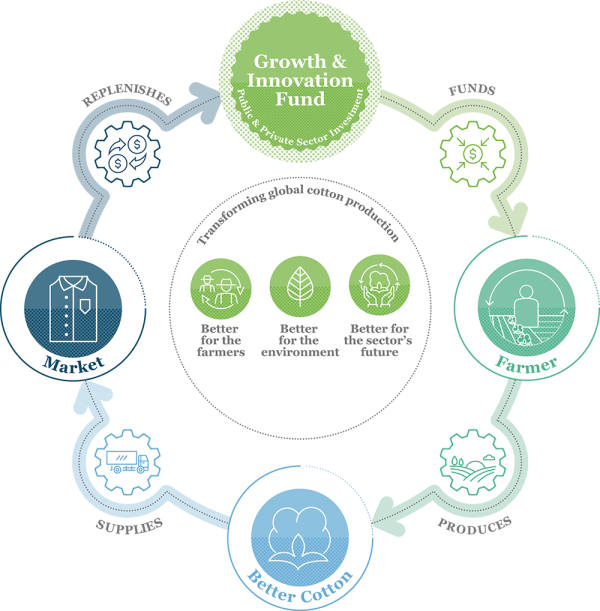Sustainability Innovation
Sustainability & innovation
The e3 cotton is traced through the full supply chain


Ways to Achieve Sustainable Fashion
- Materials
- Think Eco Fiber
- Make it Last
- Enhance Recyclability
- Reduce Your VOC,s (Volatile Organic Compounds)
- Processes
- Less Is More
- Think Life Cycle
- Be Efficient
- Make it Maltifunctional
- Zero Waste
- Marketing
- Label It
- Look for Certification
- Offer a service

RL Group Response
We actively promote and participate in efforts to improve sustainability. It is NOT just fashion that is simply made from sustainable materials. The responsibility goes further than this, and spans across the entire value chain.

Better Cotton Initiative (BCI), making global cotton production better for the people who produce it, better for the environment it grows in, and better for the sector’s future.

Better Cotton Initiative (BCI), making global cotton production better for the people who produce it, better for the environment it grows in, and better for the sector’s future.

Oeko-Tex standards, certifying products are free of harmful chemicals and are safe for human use.

Oeko-Tex standards, certifying products are free of harmful chemicals and are safe for human use.

Global Organic Textile Standard (GOTS), processing standard for organic fibers, including ecological and social criteria, backed up by independent certification of the entire textile supply chain.

Global Organic Textile Standard (GOTS), processing standard for organic fibers, including ecological and social criteria, backed up by independent certification of the entire textile supply chain.

Global Recycled Standard (GRS), intended for companies making and selling products with recycled content. This standard applies to the full supply chain and addresses traceability, environmental principles, social requirements, and labeling.

Global Recycled Standard (GRS), intended for companies making and selling products with recycled content. This standard applies to the full supply chain and addresses traceability, environmental principles, social requirements, and labeling.

